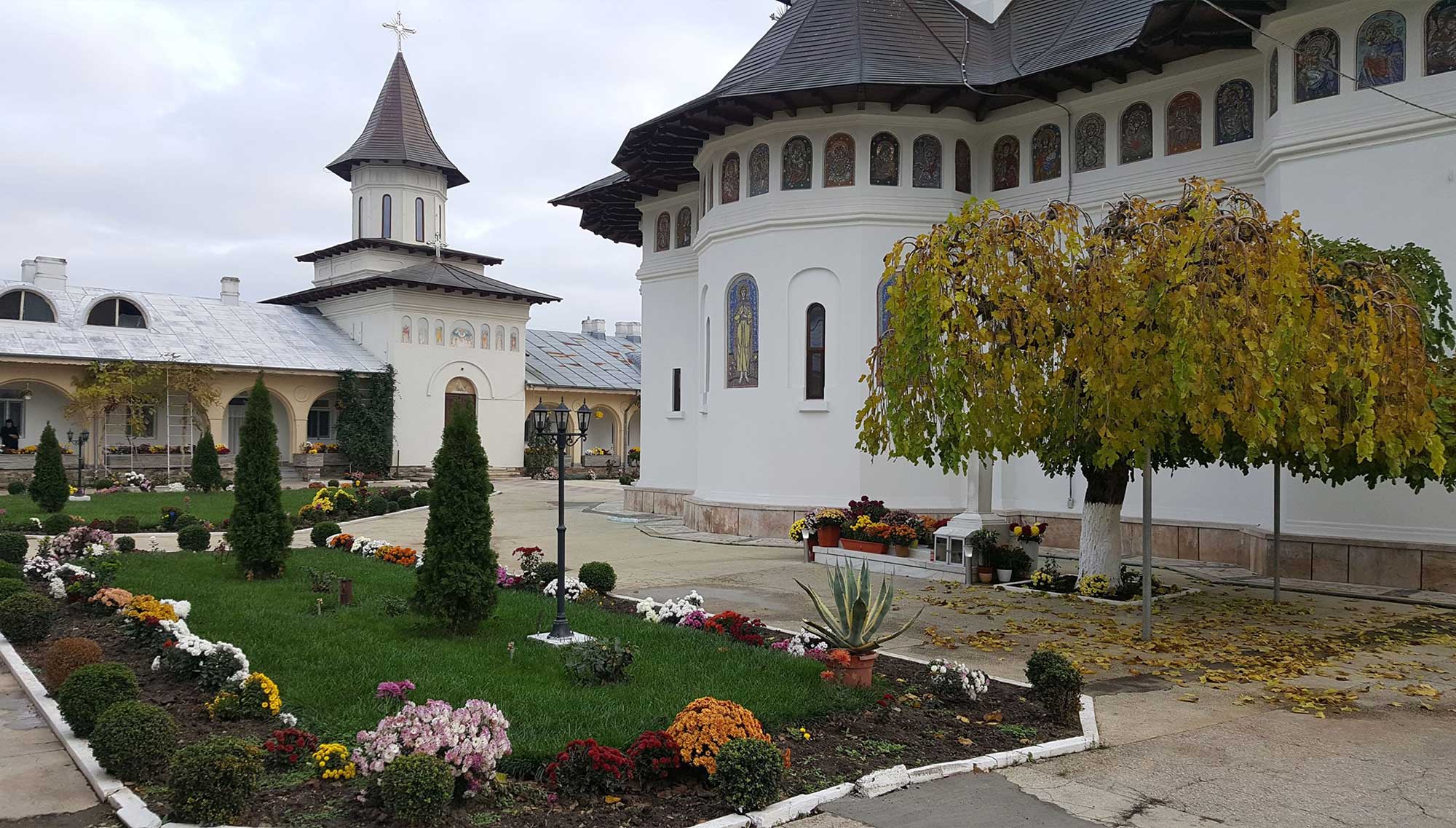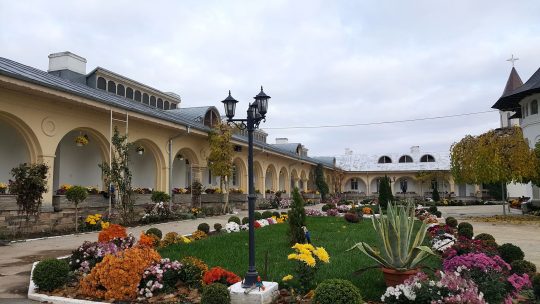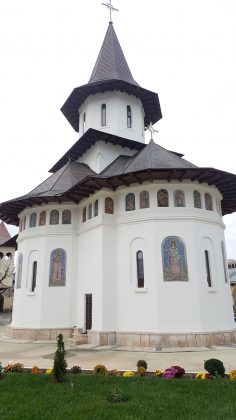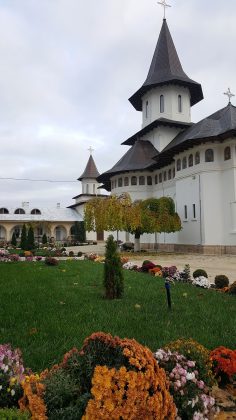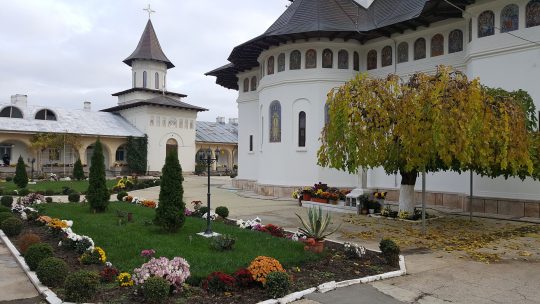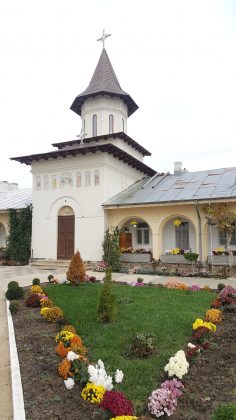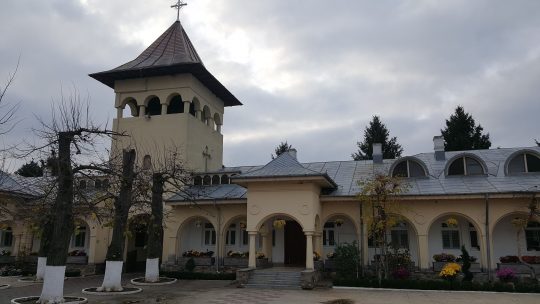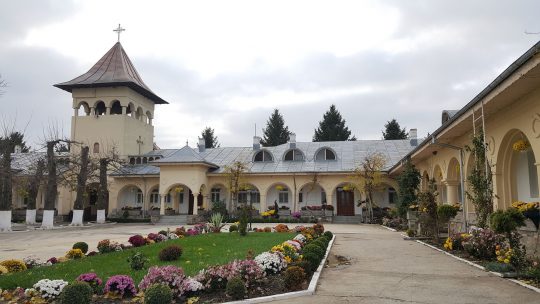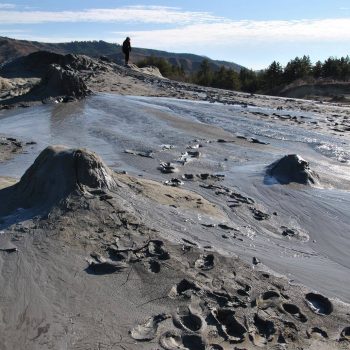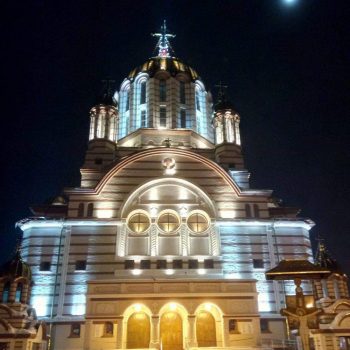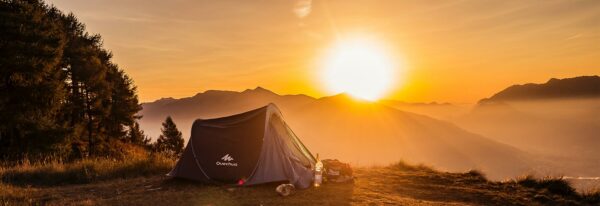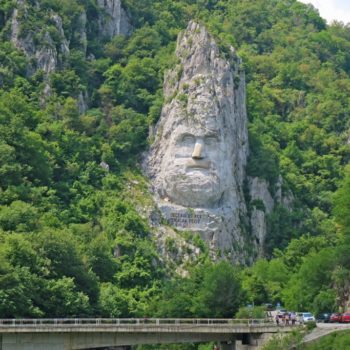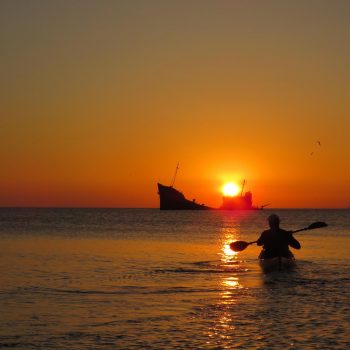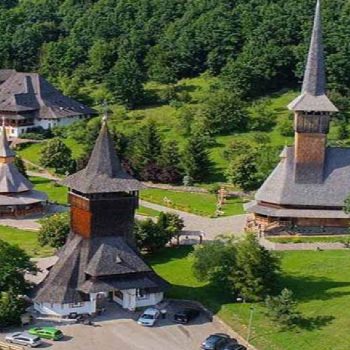Short description: Located 4 km from Tudor Vladimirescu commune, Vladimireşti Monastery is a place of pilgrimage and food for those who know its history or find out when they arrive here as visitors. Monastery of nuns with numerous councils (almost 200), currently ranks third in the country in terms of number of staff after the monasteries Agapia and Văratec, but in first place among the monasteries with community life.
County: Galați
Images: red_frog
Phone: +40 (0)236 828 781
More to know
The large church – built on the site of the first divine apparition, in the shape of a cross according to Orthodox tradition, is dedicated to the Assumption. To the east of the Great Church is the Chapel (Small Church), and to the south the Little Summer Altar.
The gate at the entrance to the monastery is in the Maramureş style and was built in 1992. From here the road to the orchard, vineyard and pond starts. The entrance to the precinct is made on an alley guarded by lime trees, passing under the bell tower. On either side are the abbey and the priest’s home.
The museum has 106 old icons from the 18th-19th centuries. Here is kept the wooden cross or “corn cross” with which the place of the Holy Altar was marked to show the divine sign. There is also an icon with the Mother of God left to the abbess by her mother on her deathbed. In the abbey of the monastery are preserved eight massive silver cups out of the 12 found in front of the holy anaphora in the big church (hidden by an unknown person, at the closing of the monastery). Valuable icons can also be found here.
To the south of the large church is the tomb of Archimandrite Father Visarion Nicolau, the founder of the chapel, and to the north is the tomb of Mother Abbess Veronica, who died on September 15, 2005.
Outside the premises is the monastery cemetery, a real park with flowers in summer.
Vladimireşti Monastery has workshops for painting, frame sculpture and church furniture, for framing icons, tailoring, embroidery, knitwear, artificial flowers and carpets. The household has 80 hectares of arable land, the dowry of the nuns, vineyards, orchards, birds, animals, its own bakery, a sickle and a small acacia forest. Since 1996, the monastery has had central heating with natural gas.


